M101 with supernova SN 2011fe
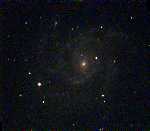 |
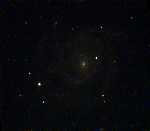 |
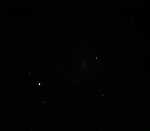 |
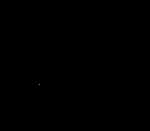 |
| Imax=10 | Imax=20 | Imax=100 | Imax=1000 |
Starshoot DSCI, 42 exposures, 30s each 9/29/11 Lake San Antonio, CA
M101, with supernova SN 2011fe still visible, as seen on 9/29/2011. The galaxy was low in the sky.
M52
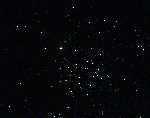 |
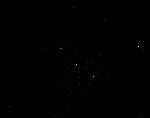 |
| Imax=100 | Imax=1000 |
Starshoot DSCI, 80 exposures, 5s each 9/29/11 Lake San Antonio, CA
Open cluster in Cassiopeia.
NGC 7635 - Bubble Nebula
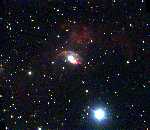 |
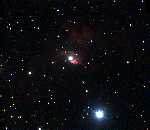 |
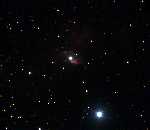 |
| Imax=10 | Imax=20 | Imax=40 |
Starshoot DSCI, 27 exposures, 30s each 9/29/11 Lake San Antonio, CA
Emission nebula in Cassiopeia. The 'bubble' is supposed to be created by stellar wind from the central star colliding with surrounding gas. Note the much brighter object near the central star.
NGC 1973
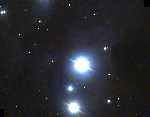 |
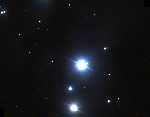 |
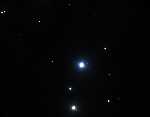 |
| Imax=40 | Imax=80 | Imax=400 |
Starshoot DSCI, 27 exposures, 20s each 9/29/11 Lake San Antonio, CA
Bright reflection nebula near the Orion nebula. It is fairly bright, but the bright stars contained within make it more difficult to see visually.
M78
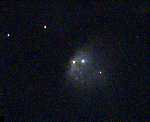 |
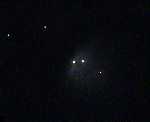 |
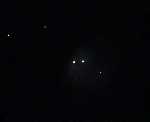 |
| Imax=20 | Imax=40 | Imax=80 |
Starshoot DSCI, 10 exposures, 20s each 9/29/11 Lake San Antonio, CA
Reflection nebula in Orion. It looks like a little ghost!
M15
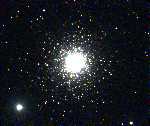 |
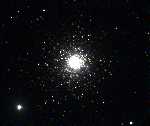 |
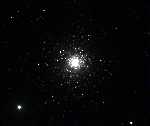 |
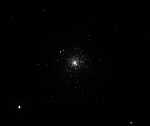 |
| Imax=20 | Imax=50 | Imax=100 | Imax=500 |
Starshoot DSCI, 69 exposures, 10s each 9/30/11 Lake San Antonio, CA
Compact globular cluster in Pegasus, approximately 40000 light years distant.
NGC 7317-20
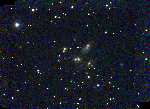 |
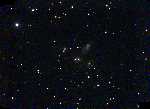 |
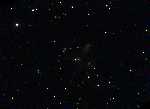 |
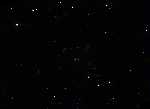 |
| Imax=5 | Imax=10 | Imax=20 | Imax=50 |
Starshoot DSCI, 50 exposures, 30s each 9/30/11 Lake San Antonio, CA
This famous galaxy cluster in Pegasus, known as Stephan's Quintet, is >200 million light years distant. However, the brightest galaxy (NGC 7320) is apparently much closer (40 million light years).
NGC 7317-20
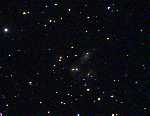 |
| Imax=10 |
Starshoot DSCI, 4 exposures, 60s each 9/30/11 Lake San Antonio, CA
Stephan's Quintet, from 60s exposures.
NGC 7606
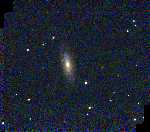 |
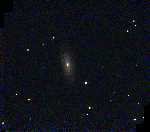 |
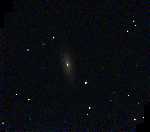 |
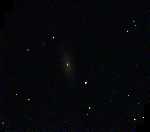 |
| Imax=5 | Imax=10 | Imax=15 | Imax=25 |
Starshoot DSCI, 35 exposures, 30s each 9/30/11 Lake San Antonio, CA
This is a spiral galaxy in Pegasus that Kathy chose from the star chart.
M37
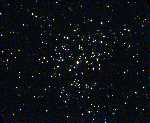 |
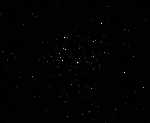 |
| Imax=50 | Imax=500 |
Starshoot DSCI, 53 exposures, 5s each 9/30/11 Lake San Antonio, CA
One of three open clusters (along with M36 and M38) in Auriga. Estimated distance: 4700 light years.
NGC 2261
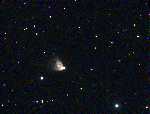 |
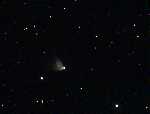 |
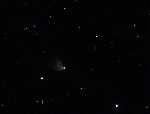 |
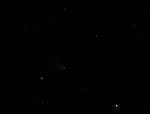 |
| Imax=20 | Imax=50 | Imax=100 | Imax=500 |
Starshoot DSCI, 29 exposures, 15s each 9/30/11 Lake San Antonio, CA
This comet-like nebula is known as Hubble's Variable Nebula because its appearance changes over timescales as short as a few days. The nebula is illuminated by the bright star at its tip. The brightness fluctuations are thought to result from shadows cast by moving dust clouds swirling around the star.
NGC 6781
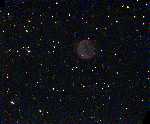 |
| Imax=15 |
Starshoot DSCI, 39 exposures, 20s each 10/1/11 Lake San Antonio, CA
This is a planetary nebula in Aquila. Visually it appeared as a faint glowing disk. As with many planetary nebulae, a blue star appears in the center.
NGC 891
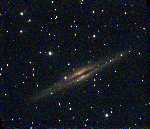 |
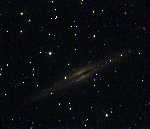 |
| Imax=7.5 | Imax=15 |
Starshoot DSCI, 38 exposures, 30s each 10/1/11 Lake San Antonio, CA
This is an edge-on galaxy in Andromeda with a prominent dust lane appearing in photographs. Visually, the galaxay appeared as a faint streak of light, and the dust lane was impossible to discern.
NGC 7600
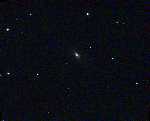 |
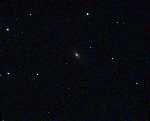 |
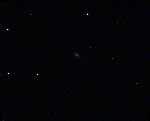 |
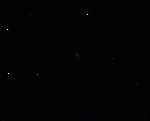 |
| Imax=15 | Imax=20 | Imax=50 | Imax=100 |
Starshoot DSCI, 14 exposures, 30s each 10/1/11 Lake San Antonio, CA
This is an elliptical galaxy in Aquarius, not far from NGC 7606. Visually, it appeared as just a small, faint fuzz patch.
NGC 1788
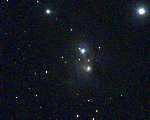 |
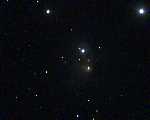 |
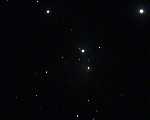 |
| Imax=10 | Imax=20 | Imax=40 |
Starshoot DSCI, 53 exposures, 20s each 10/1/11 Lake San Antonio, CA
Here you can see only the brightest portion of this complex of reflection, emission and dark nebulae in Orion.